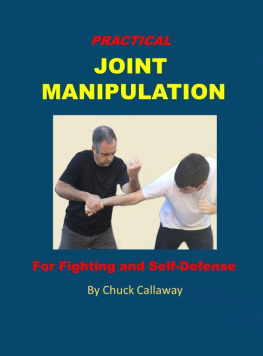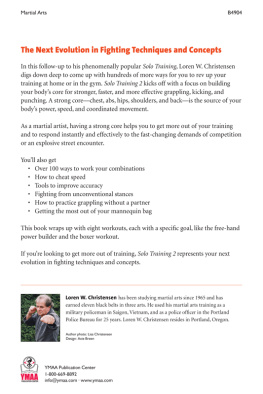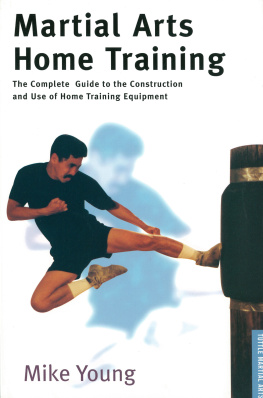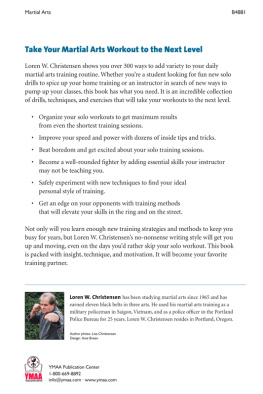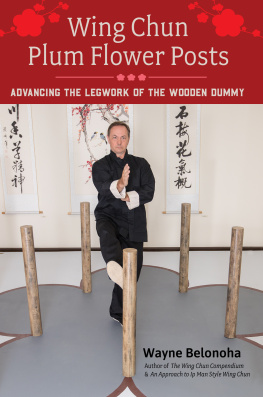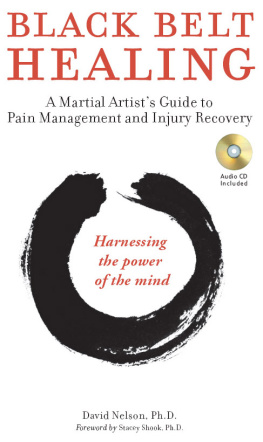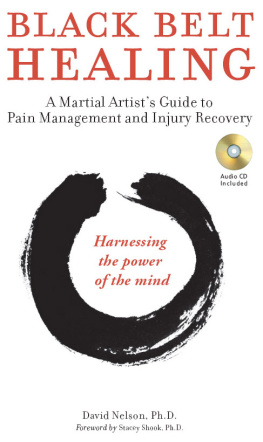Freestyle
Wooden Dummy Training
A Guide for All Martial Artists
By
Chuck Callaway
Copyright 2020 Chuck Callaway
Cover and illustrations by Chuck Callaway
Photographs by Bryan Callaway
Technical assistance by Conner Callaway
All rights reserved.
ISBN: 9798712860265
Disclaimer and Warning
The martial arts and self-defense involve the use of fighting skills and techniques designed to cause injury to an attacker. The practice and use of these skills can be dangerous and physically demanding. The improper use of any fighting technique could result in both criminal and civil action against the person responsible. The information provided in this book is for informational and entertainment purposes only. The author and publisher are not responsible and assume no liability for any injury that might result from the practice, use, or misuse, of the information contained in this book. One should always consult a physician before engaging in any physical activity.
Contents
Dedication
This book is dedicated to the man who boxed in the Navy and taught me that nothing beats a good right hook. To the man who taught me to have respect for others and a good work ethic. To the man that accidently knocked me out while play sparring so many years ago when my brothers and I got boxing gloves for Christmas. To the man who told me when I was a mouthy teenager that whenever I thought I was tuff enough to take him on, he would give me a baseball bat and still whoop me. This book is dedicated to you dad! I wish you were here to see it. Its hard to believe you have been gone almost twelve years now. I miss you!
Introduction
As a kid learning martial arts in the late seventies, I was fascinated with the wooden dummy that was used for advanced kung-fu training. I read martial arts magazines and saw the articles and advertisements showing kung-fu masters executing flawless strikes and movements on the wooden arms and leg of the dummy.
I also read stories about the deadly wooden dummies at the Shaolin Temple that were triggered by pressure plates on the floor. As a final test, the monks would have to navigate a long hallway lined with these wooden dummies. Some of the dummies were rigged with weapons such as knives or spears. When a monk stepped on a plate, the wooden dummy would be propelled forward with great force. If the monk failed to react properly, he could be killed.
I also thought about how long-term training on a wooden dummy would make your punches extremely powerful and your limbs impervious to pain. I decided I needed a wooden dummy of my own, so I set out to make it happen. The ones in the magazines were shipped from China and were very expensive. As a twelve-year-old kid, I obviously couldnt afford to buy one, so I decided to make a wooden dummy instead.
My first attempt was to cut one of my mothers broom handles and insert the pieces into holes on the support beam in our basement. This idea didnt last very long. As soon as I started striking the arms, the floor would vibrate loudly and because the beam was metal, it was very unforgiving on my punches. My second attempt was to drill a few holes into a tree in our yard and insert the broom stick pieces. Eventually the broom sticks broke and I was searching for another method.
My third wooden dummy was actually made out of PVC and worked pretty well for a while, but it just couldnt stand up to heavy training every day. Finally, I inserted a wooden fence post into an old tire and filled the tire with concrete. The arms and leg were made from an old shovel handle and a curved tree limb I had cut. I trained relentlessly on that wooden dummy for years. Now, after more than forty years of martial arts training, I actually have a commercial wooden dummy of my own that was made in China. I currently train on this wooden dummy every day.
There is no doubt that a wooden dummy is an amazing piece of training equipment that can greatly benefit any martial artist regardless of the style they practice. The problem that many martial artists face is that they believe the wooden dummy is designed only for kung-fu systems such as Wing Chun and they dont see how it could compliment their training. Many people dont want to learn a lengthy classical dummy form, or they cant find instructors in their area who teach wooden dummy training techniques. Wooden dummy training was traditionally taught only at advanced levels which also makes it difficult to find someone who is knowledgeable.
The purpose of this book is to provide a simple roadmap for wooden dummy training that will give you thirty techniques to study. These techniques can then be mixed together to create chains of movements. Eventually, the chains can be used as a springboard for freestyle training on the wooden dummy. Just like a musician uses the notes of a musical scale to make music, you will use the techniques in this book to create your own freestyle flow when you train. You can also adapt the techniques shown to fit your particular style or system of martial arts. There is no need to learn long prearranged forms, just let your own creativity guide you. As you progress in your training, your movements will become completely freestyle. I hope you enjoy the book!
Chuck Callaway
Postures
In martial arts and fighting you should always think in terms of postures rather than stances. Postures are transitional positions that your body will momentarily be in as you attack and defend during a fight. On the other hand, stances are more static in nature. A stance limits your mobility and reduces your options for attack and defense.
For example, we have all seen the competitor at a karate tournament who assumes a deep horse stance, sideways to his opponent. We know immediately that he would have to change positions drastically to execute many techniques such as elbow strikes or boxing combinations.
When we stay light on our feet and protect our body with our chin tucked, elbows in, and groin protected, we can transition between attacks and defensive skills in a more fluid manner.
There are three primary postures you will transition between when you execute your techniques on the wooden dummy. These postures are as follows.
1) The Preparatory Posture (Facing Posture)
2) The Side Facing Posture (Left or Right)
3) The fighting Posture
The Preparatory Posture (Facing Posture)
In most cases, a violent encounter will occur when you least expect it. You will be minding your own business and a situation will start to escalate. When this happens, you will often be facing towards the threat or you will turn towards the threat once you recognize it. Your feet will be parallel or slightly bladed to angle your vital targets away from the potential threat. When you recognize the threat exists, your hands will come up above your waist in a non-threatening manner as you attempt to de-escalate and prepare for your response. This is called the preparatory posture. You will normally start your free flow training on the wooden dummy from this posture. The below photographs show the Preparatory Posture on the wooden dummy, and also with a potential opponent. When training on the wooden dummy, you should always imagine an actual opponent is standing in front of you. Keep this in mind as you practice the postures.
The Side Facing Posture (Left or Right)




